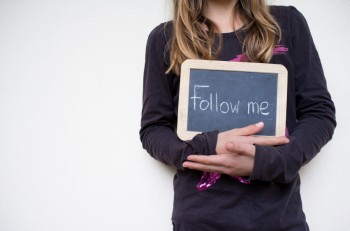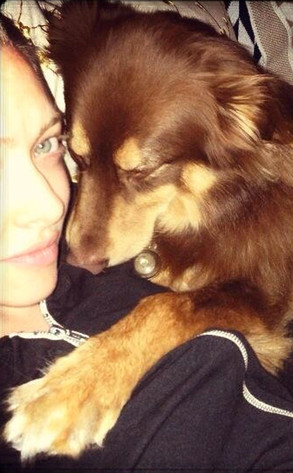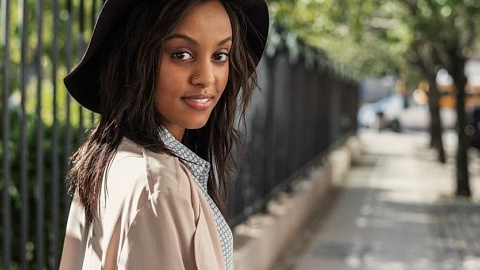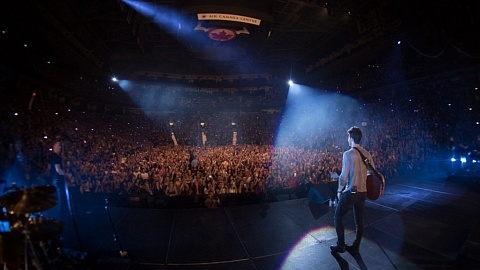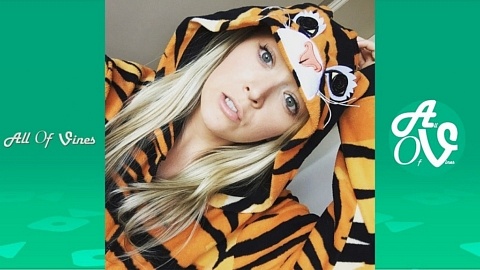Surprisingly, it’s more productive for a non-celebrity to endorse a company’s product, rather than big celebrities.
A marketing firm called Collective Bias proved this. After surveying 14,000 adults in the beginning of March, it was found that traditional advertising methods have become less effective than they once were.
At this point, companies most likely see more purchases on their products if they were to hire a person who’s not as well-known. A company would be better off to have a younger vlogger, with in front of the camera techniques, and have them sell your product. Chances are, the audience will have an easier time supporting a product if a young and charming candidate was selling, say face wash, rather than your typical endorser, like a Kardashian.
Actually, nearly 30% of the consumers that completed the survey, are more likely to purchase a product after seeing an advertisement by a non-celebrity blogger. Of those consumers, 70% of millennials preferred endorsers in their age group.
On the other hand, only 3% surveyed considered buying a product that’s endorsed by a celebrity. Looking more deeply into the influence that traditional marketing outlets have on shoppers when buying products in-store, 4.5% of shoppers rated digital advertising, 4.7% rated print and 7.4% rated television.
CEO of Collective Bias, Bill Sussman says that traditional advertising approaches are being interfered with ad blocking, which is a technology that allows for viewers to block ads before loading a web browser.
It’s no wonder that advertising is more successful on blogs and social media because mobile devices are more convenient to use throughout the day, therefore more frequently browsed on these days.
60% of those surveyed, are confident that social media or blog reviews on a product, would have them considering shopping in-store. As for the most persuasive channels to do so, YouTube was rated 18%, while Facebook was rated 19%.
Instagram is a huge contributor to advertising as well. An account holder that’s into fitness, can follow as many fitness accounts as they want. This would allow them to get tips in the palm of their hands on a daily basis.
With that, comes more advertisements. For instance, Instagram account holder, @beachyogagirl captioned a picture of her and a dog “Me and phin. Winner announced soon! Wearing @Aloyoga.”
With social media, like here, an individual wearing a clothing product can hashtag or tag a company in their post in support of their campaign.
Maybe one is really into beauty and is a follower to several makeup and hair accounts. They can be wearing brush bought from @Ulta and hashtag the maker #Beccamakeup.
On the flip side, the company selling the product can link up with the product’s maker. So here, @Ulta can post an advertisement to their social media accounts and also hashtag or tag ‘Becca.’
Hire a non-celebrity, who has a blog with a good amount of views daily, to do this and you are golden. A company with social media accounts for Facebook, Instagram, Twitter, Vine, Pinterest and even Tumblr, can advertise more freely and easier, while also getting more views than imagined.
These alternative marketing methods are just more productive, it’s that simple.
Written by Jordan Crowley




